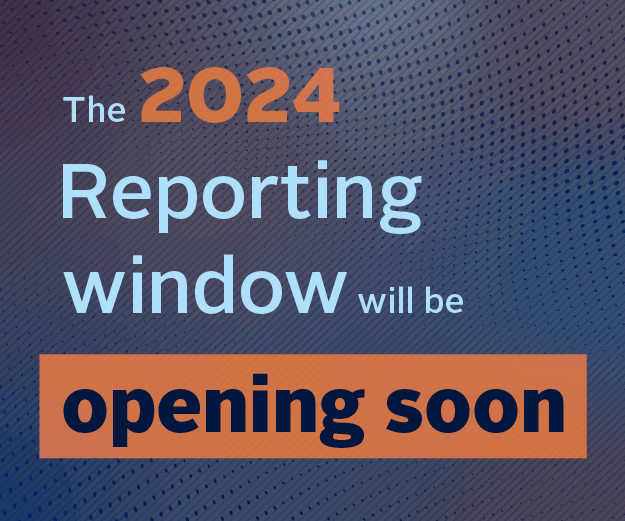This report rounds off phase one of the PRI’s ESG in Credit Ratings Initiative, which has served as an important stimulus for investors and CRAs to sharpen their focus on ESG factors. The progress that it has made in a very short time frame – particularly by the large CRAs – has been remarkable.
The investor-CRA dialogue that the PRI has nurtured needs to continue and, to bear additional fruits, the PRI intends to work towards:
- fostering the implementation of the emerging solutions;
- creating standardised credit-relevant metrics or ratios for specific ESG issues; and
- extending the conversation to bond issuers.
Implementing the aforementioned potential solutions requires additional work (by sector and/or asset class) to identify the materiality of ESG factors to credit risk analysis and relevant time horizons.
Additionally, the work carried out to date reinforces that investors have different preferences and objectives; hence, they need to leverage data and available tools (including credit ratings) in ways that reflect these differences as they build analysis frameworks. However, the work has also underpinned the importance of data comparability (financial and non-financial) in credit risk analysis, to reduce the cost of processing information, as well as uncertainty about entities’ underlying credit risk and in enhancing performance attribution. The industry needs to work towards establishing some form of basic credit-relevant data standardisation on ESG-related issues.
Finally, bringing bond issuers to the investor-CRA discussion would provide an important channel for buy/sell-side engagement to enhance communication, clarify what information credit practitioners need to develop more informed opinions, and show what data issuers already provide and what data are missing. This would enable issuers to better understand how financing costs could vary (up or down), depending on their exposure to risks and approach to risk management, in an environment where sensitivities to value creation or growth models are changing. It would also foster activism among credit practitioners and help them to better shape their analysis by sector or asset class.
With these steps, the initiative intends to continue to contribute to enhanced alignment among key stakeholders of the investment chain and further boost information transparency, awareness of available resources and the systematic consideration of ESG factors to promote sound judgment about underlying credit risk.
Download the report
-

Shifting perceptions: ESG, credit risk and ratings: part 3 - from disconnects to action areas
January 2019
ESG, credit risk and ratings: part 3 - from disconnects to action areas
- 1
- 2
- 3
- 4
- 5
- 6Currently reading
Next steps: Connecting the dots
- 7
- 8
- 9
- 10
- 11
- 12
- 13
- 14
- 15
- 16
- 17
- 18
- 19
- 20
- 21
- 22
- 23
- 24
- 25





































